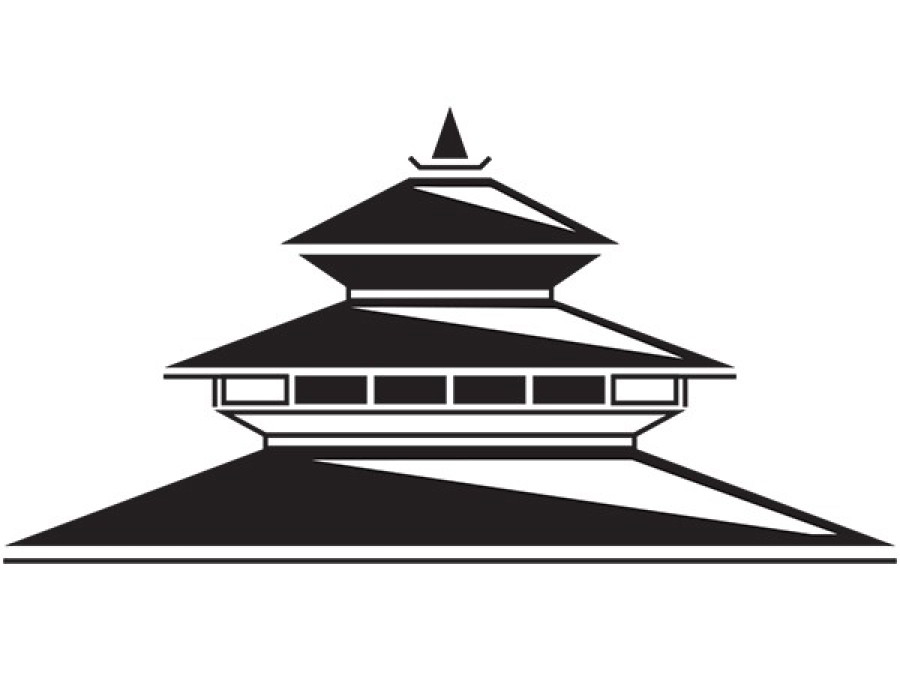Editorial
The West Seti fiasco
Blessed with water resources, cursed with governance failure
The West Seti Hydropower Project has been in the news for decades. Initially, in the 1990s, Australia’s Snowy Mountain Engineering Corporation (SMEC) tried to build the huge West Seti project to export power to India. But owing to complicated negotiations with India, lack of financing, corrupt officialdom and the Maoist insurgency in the country, the 750 MW project stalled after almost two decades. Then in 2012, an MoU was signed with China’s China Three Gorges Corporation. Now the West Seti saga has finally come to a close. The multi-billion project planned to be developed under public-private partnership (PPP) has collapsed because of of financial non-viability. We might be blessed with water resources, but we’ve been continuously cursed with governance failure.
Most of the hydro projects in the country are run-of-the-river projects. A majority of hydropower plants experience a sharp drop in output during the dry season when the water flow in the rivers goes down between the months of October and May. For this reason, we need reservoir-type hydropower plants. But they are also costlier since huge dams have to be built to store water. Compared to energy generated from other sources like say, run-of-the-river projects and solar plants, energy generated from reservoir-type hydropower plants are three times more expensive. Perhaps the biggest mistake of the government, not just this government, but all past governments, is announcing big projects without doing proper homework.
The Budhi Gandaki Hydroelectric Project, Tamor Hydropower Project, Nalsing Gad Hydropower Project, and West Seti are all reservoir-type projects. Since these projects are expensive, private companies are usually reluctant to get involved in them. This means, more often than not, the government itself has to initiate and complete the scheme. But because such projects require high investment, the government cannot be overambitious. It needs to be strategic and selective. And this is where our government has been failing all the time.
It would be prudent for the government to first identify the amount of energy it wants to generate from reservoir-type projects. Then it should identify only one or two projects required to ensure energy security after considering their strategic viability and environmental costs.
For example, the Budhi Gandaki would be a much more practical and viable project for the government to invest in, given its location. Situated in the central region of the country, the project is close to major cities where electricity consumption is quite high. As a result, the power line required to distribute the electricity will be shorter, significantly cutting down the distribution cost. But this is just one case. The government should consider such factors and identify limited projects and stick to them. Being overambitious and taking big decisions without much contemplation will keep disappointing the people, and will do little to address the country’s energy woes. This should be the biggest takeaway from the West Seti fiasco.




 8.12°C Kathmandu
8.12°C Kathmandu














